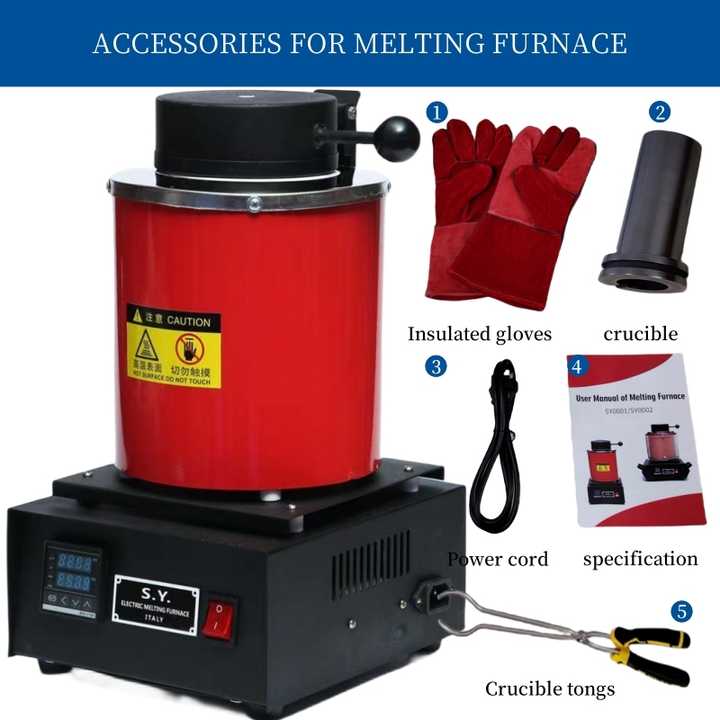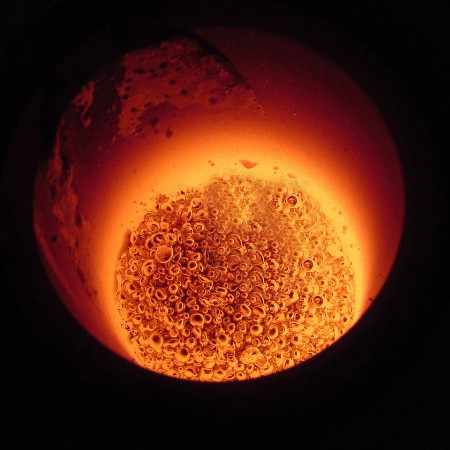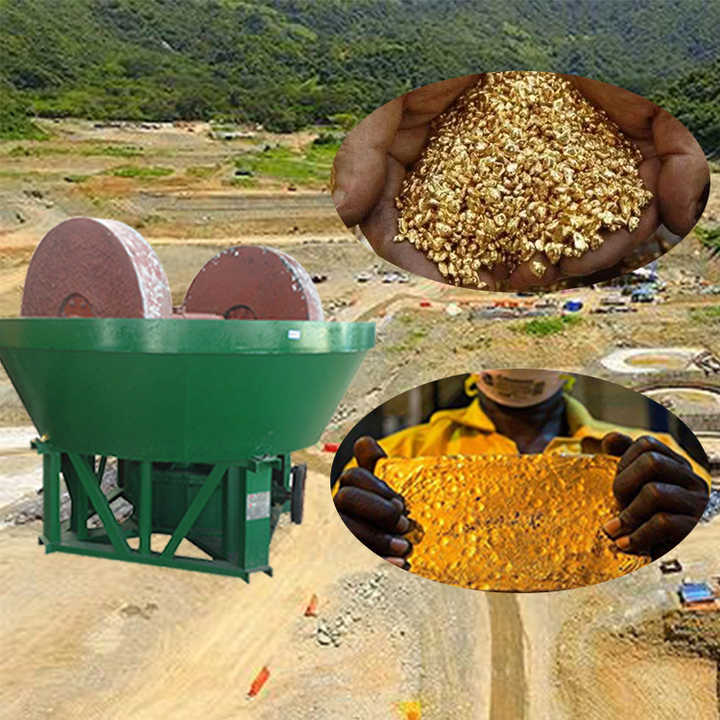scrap gold smelting
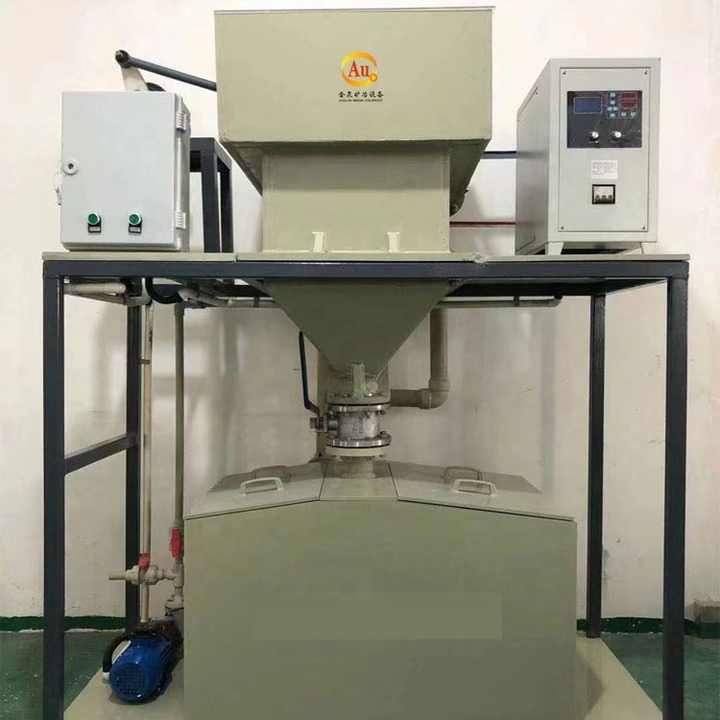
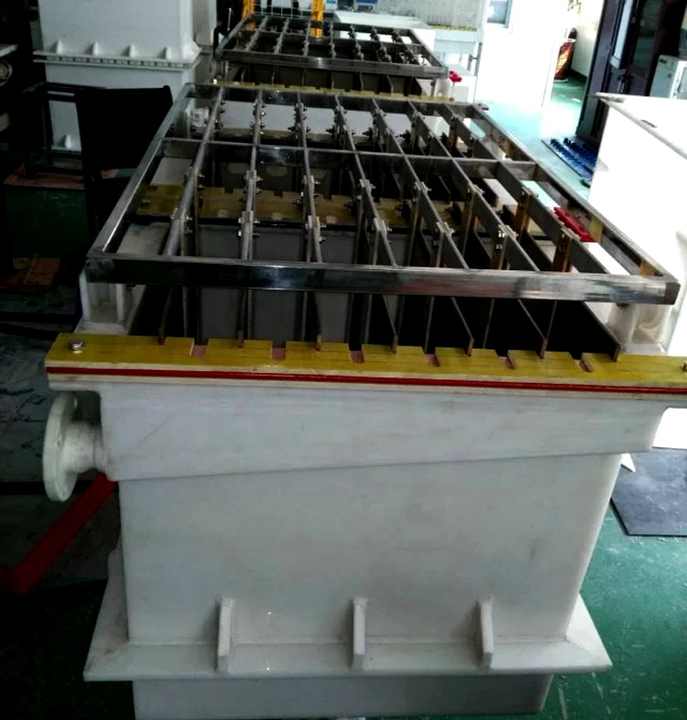
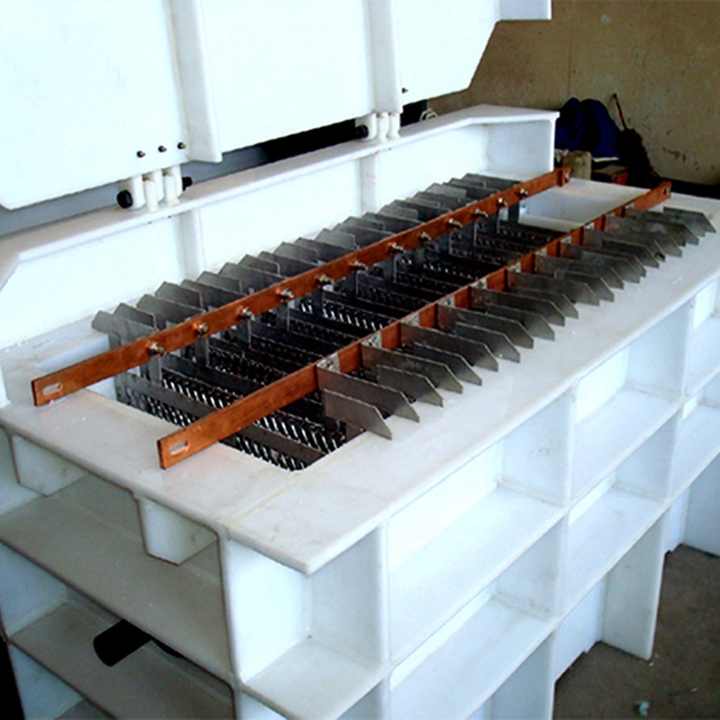
An In-Depth Look at Scrap Gold Smelting
Scrap gold smelting is a popular method for reclaiming value from unwanted or unused gold items, such as jewelry, coins, or electronics. This process allows individuals and businesses to extract and purify gold from various sources, ultimately giving new life to old materials. With gold prices consistently rising, scrap gold smelting has become an attractive option for those looking to recover and repurpose their gold. In this article, we will explore the basics of scrap gold smelting, the tools and methods involved, and the benefits of this process.
What Is Scrap Gold Smelting?
Scrap gold smelting refers to the process of melting down old or discarded gold items to extract pure gold. Gold is one of the few metals that can be recycled without losing its value, making it ideal for smelting. The process involves heating scrap gold to its melting point (approximately 1,064°C or 1,947°F) and separating the gold from any impurities or other metals that may be present.
Scrap gold smelting can be done at home on a small scale using basic tools and equipment, or in large industrial facilities where advanced technology ensures high-quality results.
Tools Needed for Scrap Gold Smelting
Smelting scrap gold requires specific tools and equipment designed to handle the high temperatures involved. Here are the essential tools used in the scrap gold smelting process:
- Crucible: A heat-resistant container that holds the scrap gold during the smelting process. Crucibles are usually made from graphite or ceramic to withstand the intense heat required for melting gold.
- Tongs: Used to handle the crucible safely, tongs are essential for moving and pouring molten gold.
- Smelting Furnace: This is the most important piece of equipment for melting scrap gold. Furnaces are designed to generate the high temperatures needed to melt gold and separate it from other materials.
- Flux: A chemical compound added to the crucible to help remove impurities from the molten gold. Flux plays a crucial role in purifying the gold.
- Molds: Once the gold has been melted and purified, it is poured into molds to cool and solidify. The gold can be shaped into bars, ingots, or other forms based on the mold used.
The Scrap Gold Smelting Process
The process of smelting scrap gold involves several steps, each of which plays a critical role in ensuring that the final product is pure and valuable. Here’s an overview of the scrap gold smelting process:
- Preparation: The first step is to prepare the scrap gold. This involves cleaning the gold to remove dirt, debris, or surface contaminants. If the scrap contains multiple metals, they may need to be sorted beforehand.
- Melting the Scrap Gold: Once the scrap gold is prepared, it is placed in a crucible and heated in a smelting furnace. As the temperature increases, the gold begins to melt. The flux is added to the crucible to help dissolve any impurities and other metals, allowing the gold to separate.
- Purification: As the gold melts, impurities rise to the surface and form a slag. The slag is skimmed off, leaving behind pure, molten gold in the crucible.
- Pouring the Gold: After the gold has been purified, it is carefully poured into molds to cool and solidify. The shape of the mold determines the final form of the gold, whether it’s a bar, ingot, or another shape.
- Final Refinement: Depending on the level of purity desired, the smelted gold may undergo further refinement. This can include chemical treatments or additional smelting cycles to achieve the highest level of purity.
Benefits of Scrap Gold Smelting
There are numerous benefits to smelting scrap gold, both for individuals and businesses. Here are some of the key advantages:
- Recycling and Reclaiming Value: Smelting allows individuals to recycle old or unused gold items, reclaiming their value in a refined form. Instead of leaving unwanted gold in drawers or throwing it away, it can be melted down and reused.
- Environmental Impact: Gold smelting helps reduce the demand for new gold mining, which has a significant environmental footprint. By recycling scrap gold, we reduce the need to extract new gold from the earth, preserving natural resources.
- Economic Benefits: Smelting scrap gold can be a lucrative process, especially when gold prices are high. Whether for personal use or resale, the value of refined gold can often exceed the cost of the smelting process.
- Customization: For jewelers or hobbyists, smelting scrap gold allows for the creation of custom designs. The gold can be shaped and molded into unique forms that are tailored to specific needs or artistic visions.
Challenges of Scrap Gold Smelting
While scrap gold smelting offers many benefits, it is not without its challenges. The process requires precision, safety precautions, and attention to detail. Here are a few challenges to consider:
- Contaminants: Scrap gold often contains other metals or impurities that need to be carefully separated during the smelting process. The presence of contaminants can affect the quality and purity of the final product.
- High Temperatures: Smelting gold requires extremely high temperatures, and proper safety equipment must be used to avoid burns or other injuries.
- Equipment Costs: While small-scale smelting can be done at home, purchasing the necessary tools and equipment, such as a smelting furnace, can be costly upfront.
Scrap gold smelting is an efficient and valuable method for reclaiming gold from unwanted items. With the right tools and processes, old jewelry, coins, and electronics can be melted down, purified, and given new life as bars, ingots, or custom creations. Whether for personal or commercial use, smelting scrap gold is an environmentally responsible way to recover value and reduce waste. By understanding the steps involved and using the appropriate tools, anyone can engage in this fascinating and rewarding process.












